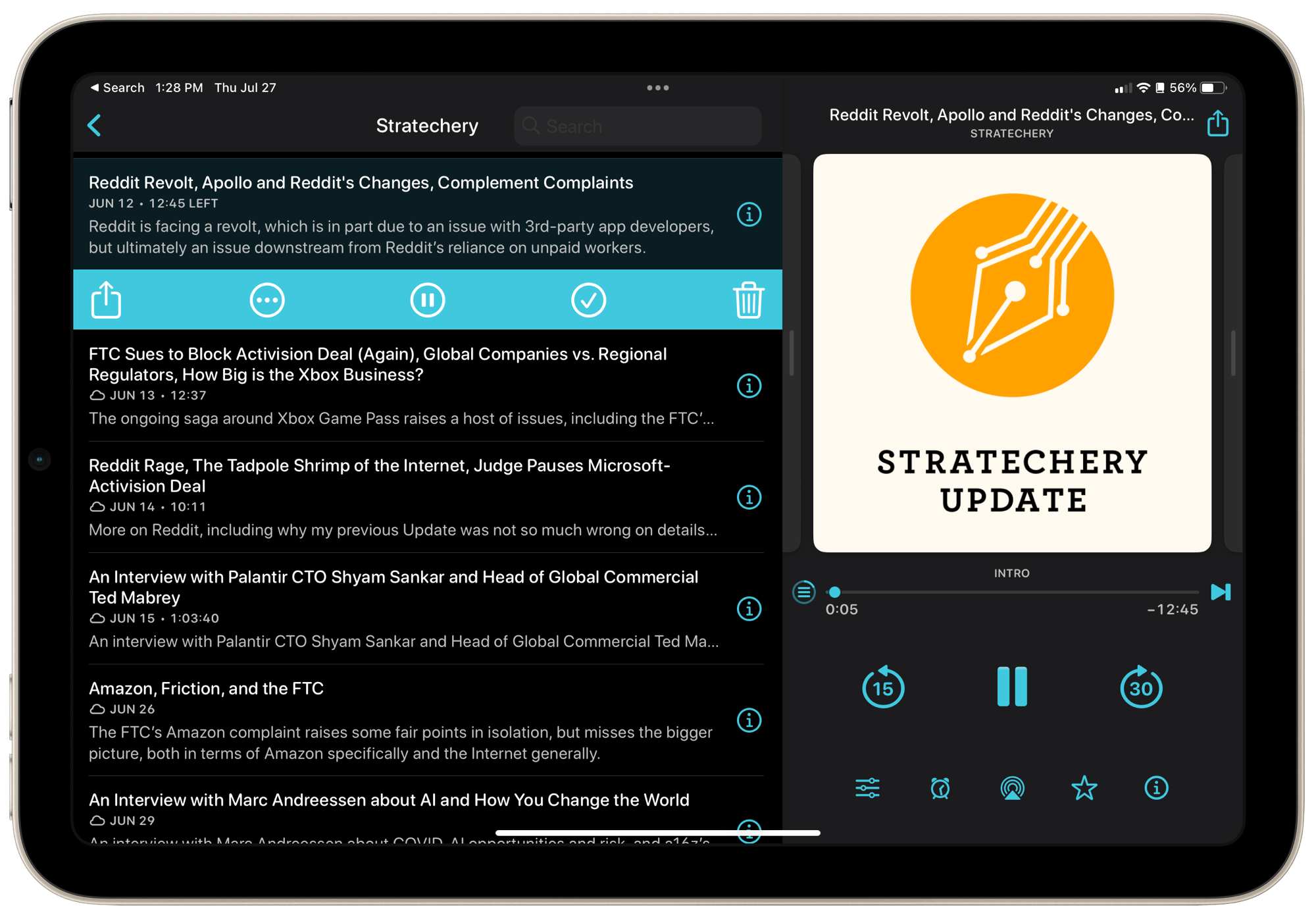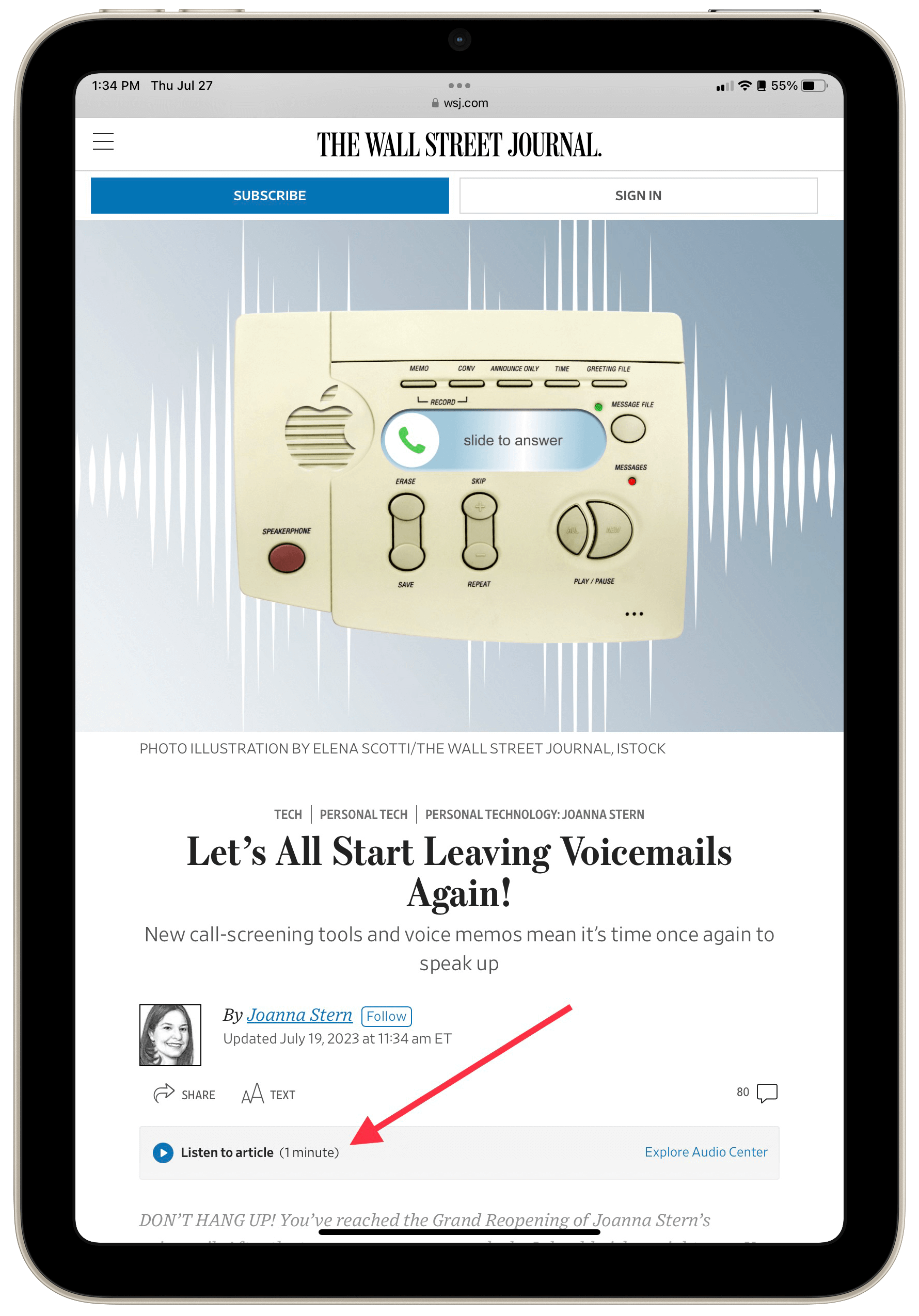“Reading” the Web Could Get Way More Intimate With Personal Voice
I’m terribly excited about the possibilities that Personal Voice will unlock. I imagine a future internet where recordings of articles being read by the author are posted alongside the story. There are plenty of outlets that already incorporate audio versions of their stories — The Wall Street Journal and Stratechery come to mind — which open up alternative ways to access the great stuff people are putting out into the world. However, those types of hosted content are complicated and expensive to produce. At Stratechery, Ben records a podcast (with a secondary speaker for quoted material!) for each and every article. WSJ, as best as I can tell, uses a proprietary service to provide those narrations, and I think The Verge used to have something similar. Very few people have the time or resources to provide similar offerings for the text they post.

But now anyone with with Apple’s latest operating systems can create a passable, if not perfect, recreation of their voice. It can be used to say any sort of text, and the possibility of automating the creation of an audio file for any blog post (or social media post?) seems tantalizingly close.

Why does Personal Voice set my spidery-sense for important technical advances a’tingling? In short, personal connection. I’m a loudly proclaimed fan of text-to-speech features in reading apps. Sometimes it’s just better, easier, and more convenient to listen to a story rather than to read its text. Not to mention the obvious accessibility benefits for folks with vision impairments. But articles in those apps are all read in the same, somewhat robotic, voice. I often need to double-check the author and publication it came from because my brain assumes that every article read in that same voice was written by that one non-person. So at the heart of my excitement is the opportunity to feel more connected with the true originator. To recognize their voice as an author, not just through their writing style, but also through the sound of their actual voice.
While Personal Voice is billed as a feature intended to give people an audible approximation of their voice for a given moment rather than for an everlasting record, it’s not hard to imagine that next leap. I’m already engineering the shortcuts in my mind to produce those recordings, provided Apple gives us the necessary building blocks to make it happen.
Once the tools are in place, the next thing I’ll be advocating for is a standard for attaching such audio files alongside their text counterparts so that they can live and travel together from their home website, across shares to social media, RSS, and more. The future using such tools is bright, and you can bet that you’ll be able to hear HeyDingus articles read to you in my voice just as soon as I can string it all together.